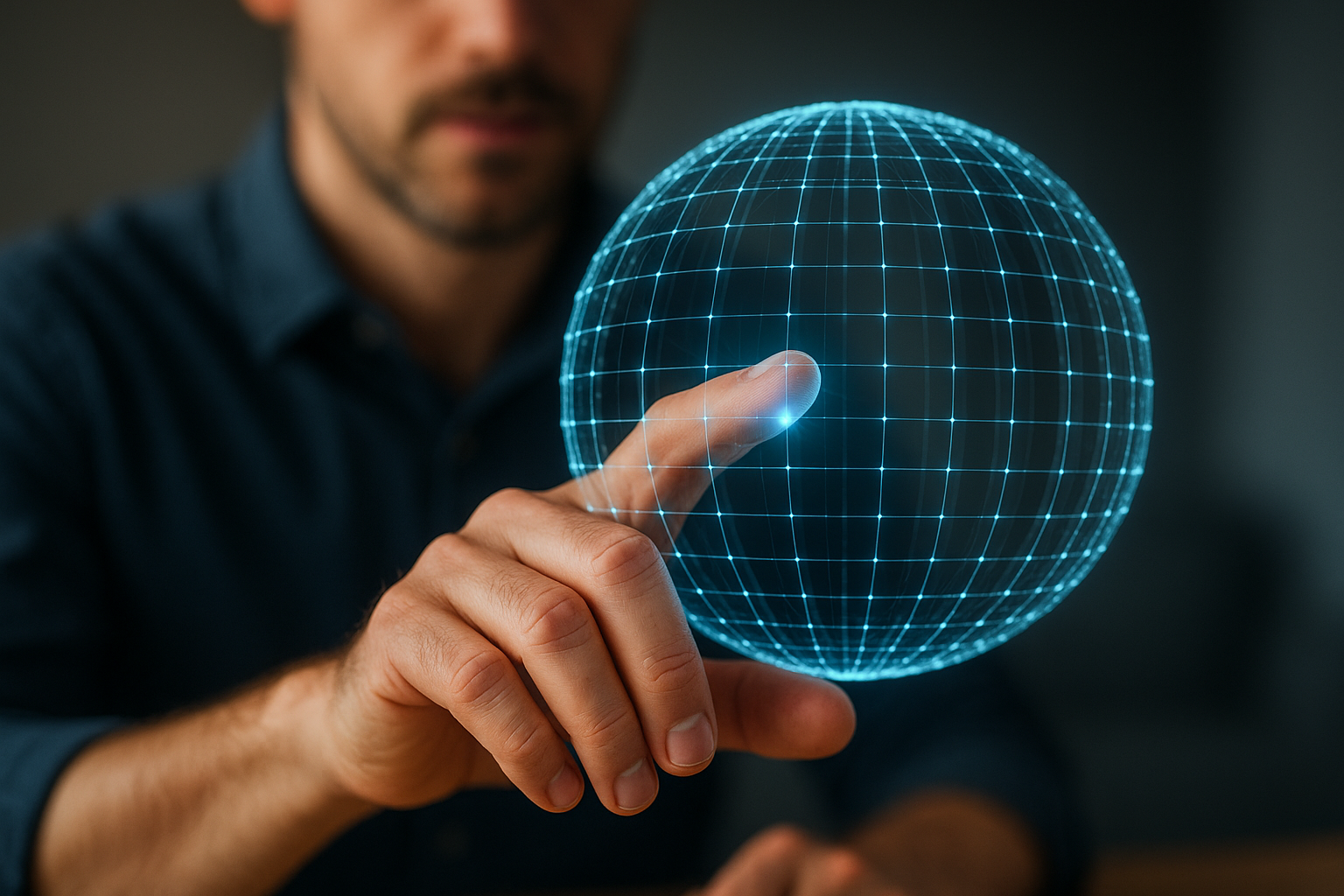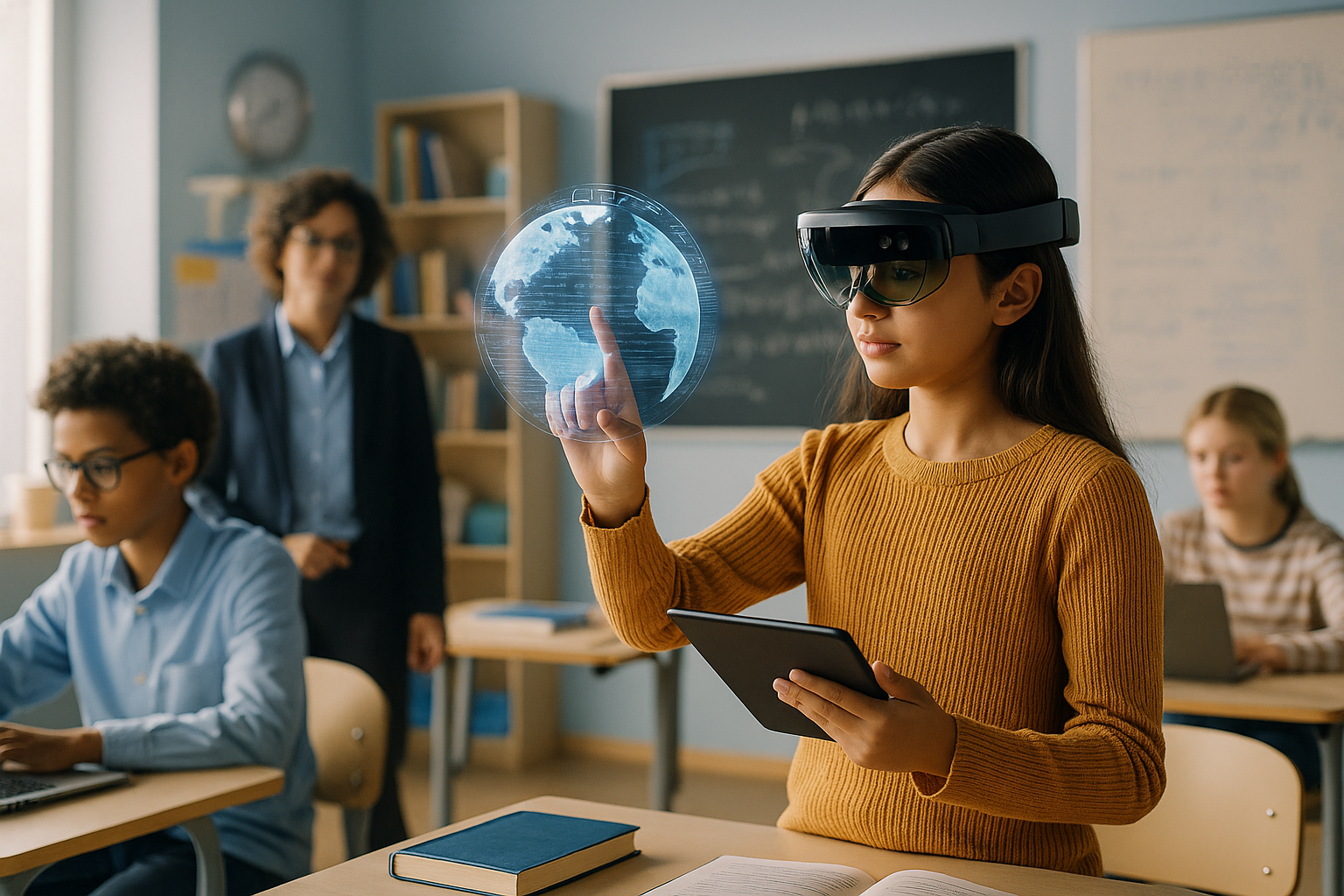Tactile Holography: A Revolution in Touch Technology
Introduction: Imagine a world where you can reach out and touch a holographic image, feeling its shape, texture, and temperature. This isn't science fiction; it's the emerging field of tactile holography. This technology promises to transform how we interact with digital content, bringing a whole new level of immersion and accessibility.

Tactile Holography: A Historical Perspective
The concept of holography, creating three-dimensional images with light, has been around since the 1940s. But the idea of making these images touchable is a relatively recent development. Early attempts involved using air jets or mechanical devices to provide a sense of touch, but these methods were cumbersome and lacked precision. The breakthrough came with the advent of ultrasound technology, which allowed for the creation of haptic - or touchable - feedback in mid-air.
The Science Behind Tactile Holography
Tactile holography uses focused ultrasound waves to create pressure points in the air that mimic the shape, texture, and even temperature of a digital object. These points can be manipulated in real-time, allowing the user to feel a dynamic, 3D representation of the object. This technology has the potential to revolutionize fields like education, medicine, entertainment, and even e-commerce, where being able to ‘touch’ a product before buying could increase consumer confidence and sales.
The Current State of Tactile Holography
Several companies and research institutions are currently developing tactile holography technology. For example, UK-based Ultrahaptics has developed a system that uses ultrasonic speakers to create tactile feedback in mid-air. In Japan, researchers at the University of Tokyo have created a system that not only lets users touch a holographic image but also lift and move it around.
Pricing and Market Impact
Given the early stage of development, it’s hard to estimate the price range for tactile holography systems. However, considering the complexity and potential applications of the technology, it’s likely to be a high-end product initially. As for market impact, tactile holography could disrupt several sectors, from education and healthcare to gaming and retail. It could also open up entirely new possibilities for digital interaction that we can’t even imagine yet.
The Future of Tactile Holography
The field of tactile holography is still in its infancy, and there are many challenges to overcome, from improving the accuracy and realism of the haptic feedback to reducing the size and cost of the hardware. But the potential rewards are significant. Tactile holography could revolutionize how we interact with digital content, making it more immersive, intuitive, and accessible. So, while it might sound like something out of a science fiction movie, tactile holography could soon be a part of our everyday lives.
In conclusion, tactile holography is a fascinating field that promises to transform our digital interactions. It’s still in the early stages of development, but the potential applications are vast and exciting. Watch this space for more updates on this cutting-edge technology.




